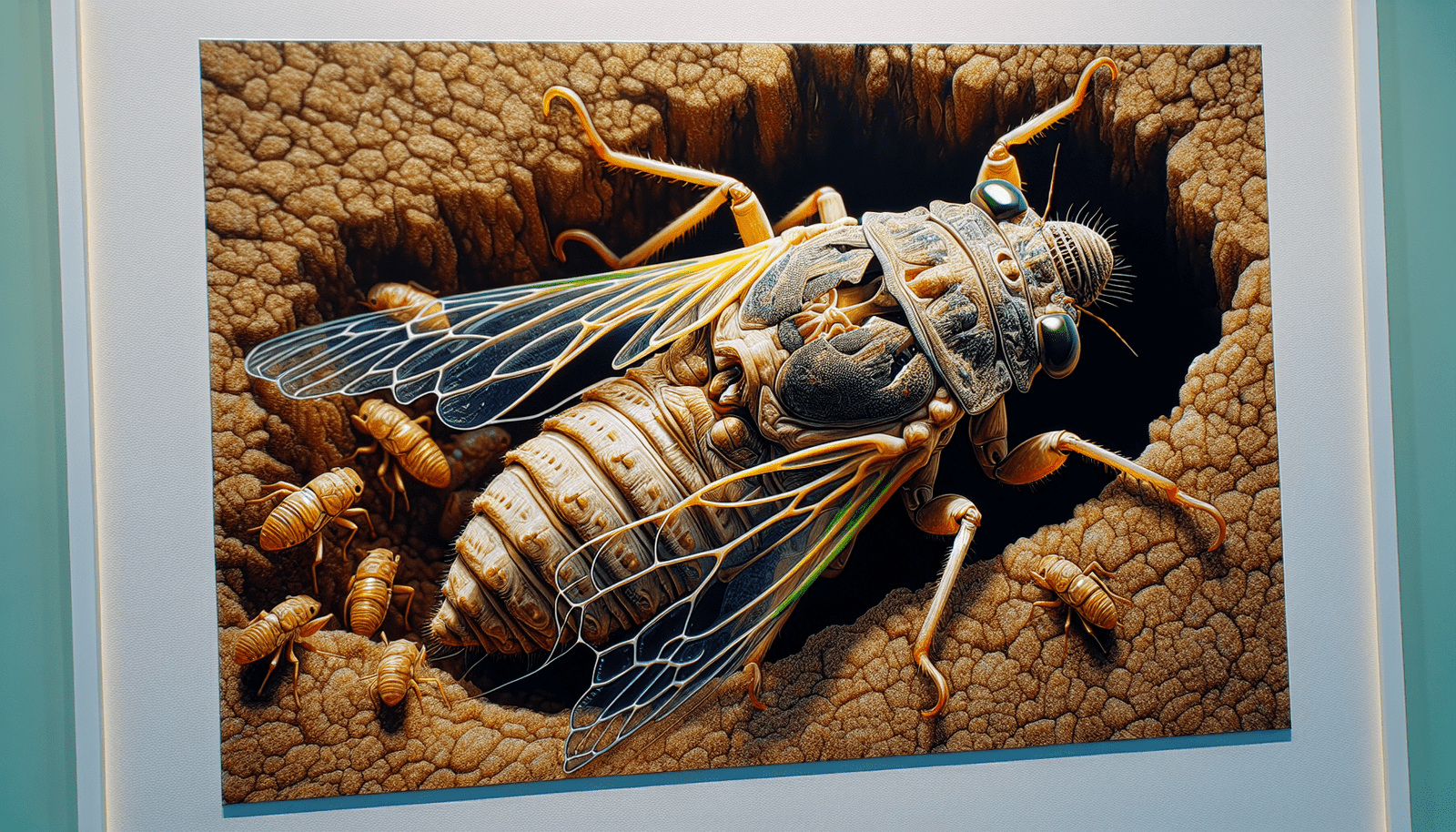Welcome to an informative article that aims to explore the topic of whether cicadas have the ability to transmit diseases. With the emergence of these fascinating insects every few years, it’s important to understand any potential health risks they may pose. From their behavior to their anatomy, we will delve into this subject to provide you with a better understanding of the role cicadas play in disease transmission. So sit back, relax, and let’s learn together about the health risks associated with cicadas. Have you ever wondered if cicadas, the loud and buzzing insects that emerge every few years, can transmit diseases? Let’s explore this question and dive into the potential health risks associated with cicadas.
What are Cicadas?
Cicadas are insects known for their loud buzzing and distinct life cycle. They spend most of their lives underground as nymphs before emerging as adults to mate and lay eggs. These insects are often associated with the buzzing sound they produce during the mating season, which can be quite deafening in large numbers.
Cicadas are found in various parts of the world, with different species having different life cycles and characteristics. Some cicadas have annual life cycles, while others have prime-numbered cycles like 13 or 17 years.
The Cicada Life Cycle
The cicada life cycle consists of several stages, including eggs, nymphs, and adults. The time spent in each stage varies depending on the species of cicada. Once the eggs hatch, the nymphs drop to the ground where they burrow into the soil to feed on tree roots. After several years, the nymphs emerge from the ground as adults to mate and lay eggs, starting the cycle all over again.
Can Cicadas Transmit Diseases?
One of the common concerns about cicadas is whether they can transmit diseases to humans and other animals. While cicadas do not bite or sting, there is a potential risk of disease transmission through their feeding habits and physical contact.
Feeding Habits
Cicadas feed on plant sap by piercing the plant’s tissues with their mouthparts. While they do not feed on human blood like mosquitoes or ticks, there is a possibility of disease transmission through contaminated plants. Cicadas can pick up pathogens from infected plants and transfer them to other plants or surfaces they come in contact with.
Physical Contact
Another potential way for disease transmission is through physical contact with cicadas. While cicadas do not directly transmit diseases through bites or stings, handling them can pose a risk of exposure to pathogens. It is essential to wash your hands after coming into contact with cicadas or any surfaces they have touched to reduce the risk of disease transmission.
Diseases Transmitted by Cicadas
While cicadas are not known to be major vectors of disease transmission, there are some potential risks associated with their presence. Here are a few diseases that could potentially be transmitted by cicadas:
Phytoplasma Infection
Phytoplasmas are bacteria-like microorganisms that infect plants and can be transmitted by insect vectors like cicadas. These pathogens can cause diseases in plants, leading to symptoms like stunted growth, yellowing of leaves, and reduced crop yields. While phytoplasmas primarily affect plants, there is a possibility of transmission to humans through contaminated plants.
Fungal Infections
Cicadas can also carry fungal pathogens that can infect plants and cause diseases like powdery mildew or leaf spot. These fungal infections can spread rapidly in plant populations and affect their growth and productivity. While these fungal diseases primarily target plants, there is a potential risk of exposure to spores through handling infected plants or surfaces.
Allergies
Some people may experience allergic reactions to cicadas or their shed skin. Allergies to insect bites or stings are common, and exposure to cicadas can trigger similar allergic responses in sensitive individuals. Symptoms of cicada allergies may include itching, redness, swelling, and irritation at the site of contact.
Prevention and Precautions
To reduce the potential health risks associated with cicadas, here are some prevention and precautionary measures you can take:
Avoid Direct Contact
Minimize direct contact with cicadas, especially if you have allergies to insect bites or stings. If you need to handle cicadas for research or observation, wear gloves and wash your hands thoroughly afterward to reduce the risk of exposure to pathogens.
Wash Produce
If you live in an area with high cicada activity, make sure to wash fruits and vegetables thoroughly before consumption. Cicadas can contaminate plants with pathogens, so washing produce can help remove any potential risks associated with disease transmission.
Maintain Good Hygiene
Practice good hygiene habits, such as washing your hands regularly and avoiding touching your face after handling plants or cicadas. By maintaining good hygiene practices, you can reduce the risk of disease transmission and protect yourself from potential infections.
Conclusion
In conclusion, while cicadas are not major vectors of disease transmission, there are some potential health risks associated with their presence. By understanding the feeding habits of cicadas and taking necessary precautions, you can minimize the risk of disease transmission and protect yourself from potential infections. Remember to practice good hygiene habits and avoid direct contact with cicadas to stay safe and healthy during their emergence.
